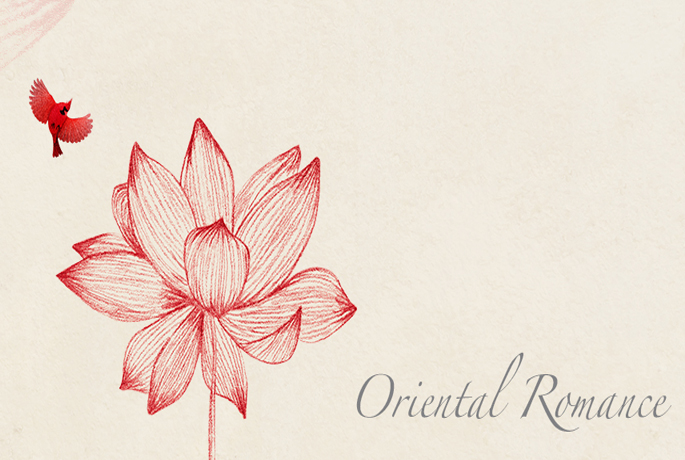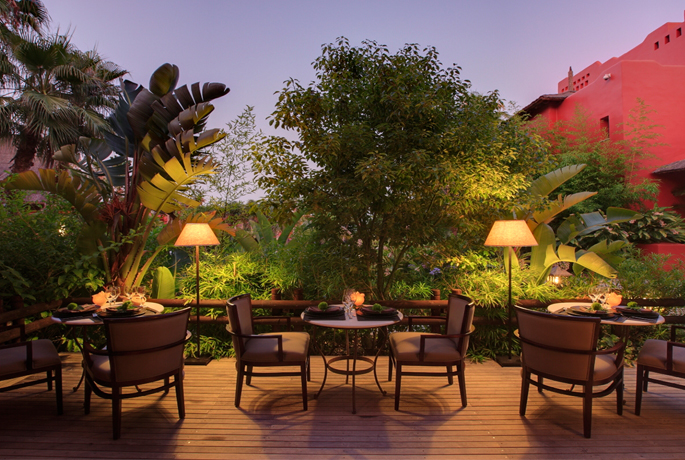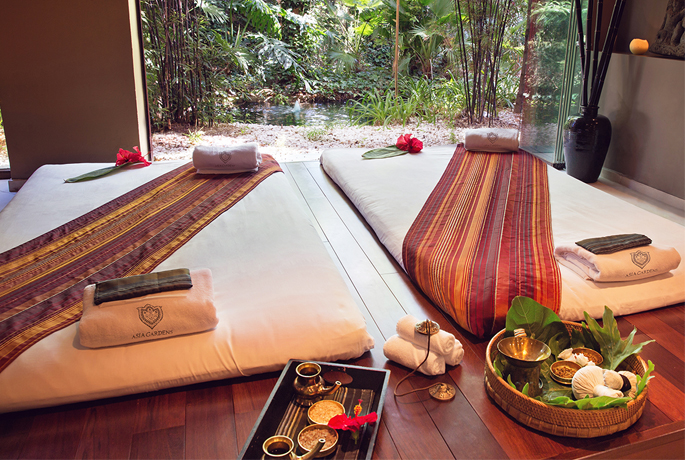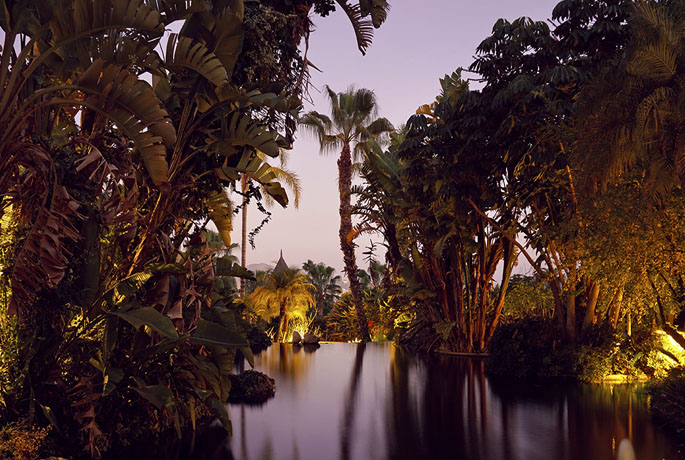One more week at the luxury hotel in Alicante Asia Gardens Hotel & Thai Spa, we continue our gastronomic route around the Asia continent. Today we want to tell you about one of its most popular spices: curry.
Curry is one of the most popular condiments nowadays. This is not just a spice, as many people think, it is made of a mix of spices, but only a few know its composition.
Western curry has little to do with the original curry. Usually, the basic ingredient is the spice turmeric, which gives it its characteristic yellow colour. It is also made of coriander, cumin and fenugreek. You can add almost any spice to this mixture, such as cardamom, aniseed, nutmeg, poppy seeds, ginger, clove, cinnamon, and also different pepper or chilli to add a spicy flavour. These ingredients change depending on the region.
Curry is used to season meat, fish and rice dishes, among others. But, when it comes to the word curry, we have to keep in mind that it also means stew, then a curry is also a stew prepared with this mix of spices. A traditional complete curry usually consists of three differentiated dishes: a dish whose main ingredient is meat or fish. A second one made of rice, and a third dish, which contains different dressing, sauces and accompaniment. They are all served in different platters and each dinner guest serves himself and seasons his own dish.
There are many types of curry, but, besides Indian curry, the two most popular types of curry in Asian cuisine are:
Japanese curry. It consists of curry blocks, which are dissolved into the sauce. This is usually a mix of turmeric, cumin, paprika, cardamom and cinnamon.
Thai curry. Curry paste is an essential ingredient in Thai cuisine. There are different types, but the main ones are red, green and yellow curry. The basic ingredients for preparing Thai curry are chilli (red or green ones), galangal, citronella, red shallots, garlic and shrimp paste.
If you are an Asian food lover, during your visit to the 5 stars resort Asia Gardens Hotel & Thai Spa, you have a mandatory stop at its Asian restaurant par excellence Koh Samui. Let yourself captivate by the choicest Oriental crossover cuisine!












